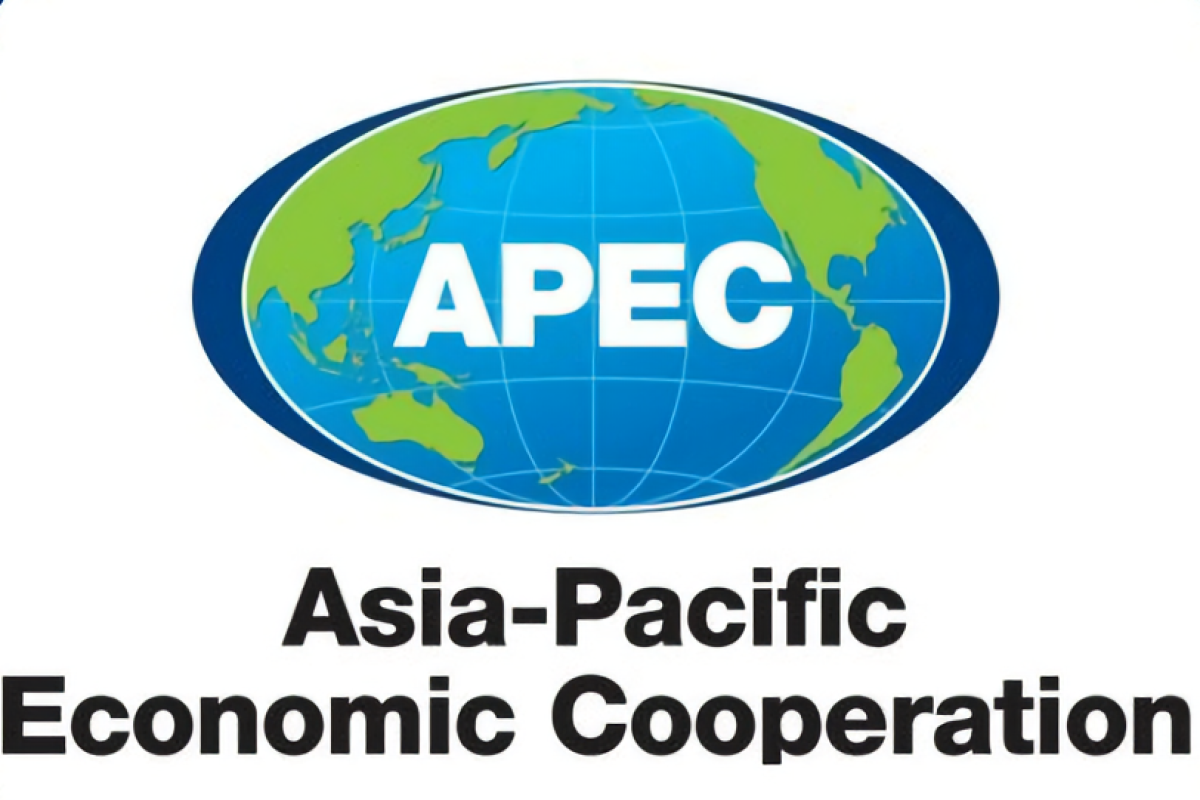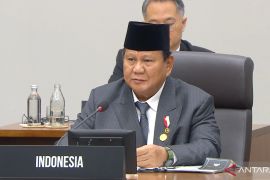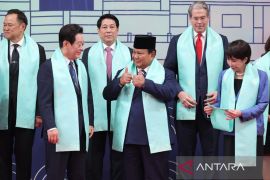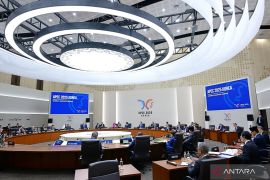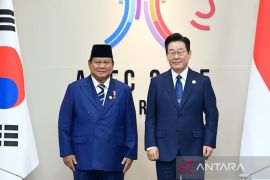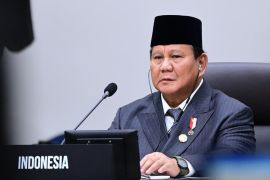The APEC was formed more than 30 years ago and has seen economic recessions, financial crises, commodity price volatility, pandemics, and terrorist attacks. Yet, in terms of economic losses, this has been a year like no otherJakarta (ANTARA) - Economic growth in the Asia-Pacific Economic Cooperation (APEC) slumped by 3.7 percent in the first six months of 2020 and projected to contract by 2.5 percent yearlong, or amount to output loss of US$1.8 trillion.
It will be the foremost time that the region’s economy will contract in three decades, according to a report by the APEC Policy Support Unit issued by the APEC Secretariat and received here on Monday.
"The APEC was formed more than 30 years ago and has seen economic recessions, financial crises, commodity price volatility, pandemics, and terrorist attacks. Yet, in terms of economic losses, this has been a year like no other," Director of the APEC Policy Support Unit Denis Hew pointed out.
Unemployment rates among APEC economies have climbed owing to the economic fallout from COVID-19, averaging 4.8 percent as of September 2020, with over 74 million people seeking work, while consumption, trade, and investments have reversed to contractions that are larger than expected.
Household consumption shrunk by 7.1 percent during the first half of 2020 from an average growth rate of three percent in the first half of 2019. Investments also contracted by 11.2 percent, following modest growth of 1.1 percent during the corresponding period last year.
Growth in the volume of merchandise exports fell by 6.2 percent and imports recorded a sharp decline of 7.2 percent in the first half of 2020, down from tepid growth in the first half of 2019.
"Trade performance in the APEC region was adversely affected by the combined impact of the temporary closure of borders, disruptions in global supply chains, and persistent trade and technology tensions," Hew remarked.
Positive contribution to growth came from government spending, with an increase of 2.8 percent in the first half of 2020, mirroring fiscal measures implemented by economies to provide support to various sectors, in particular, to bolster the health system, and to provide targeted liquidity support to households and businesses, including small businesses.
Hew drew attention to signs of recovery already around the APEC region, especially coming from economies that were able to curtail the spread of the virus early on and have reopened their economies as well as improved manufacturing activities. These green shoots bring growth projections of 5.2 percent in 2021, reflecting an economic rebound for the region.
The recent APEC Regional Trends Analysis highlighted the necessity for APEC economies to continue to deploy fiscal and monetary support measures, so that health systems remain adept at coping and some economies can handle the resurge or rise in the cases of infection.
The report also recommends member economies to introduce, implement, and enforce structural reforms to support recovery in the medium to long term.
"Regional cooperation should take a central role in economic recovery," APEC Secretariat’s Executive Director Rebecca Sta Maria stated.
"APEC’s new post-2020 vision can serve as a guide for member economies to build a more resilient and inclusive region," she remarked.
Leaders and ministers from APEC’s 21 member economies will convene virtually this week, led by Malaysia as the host of APEC 2020, to address challenges of the pandemic in the region and to pave the path for recovery and build back better.
EDITED BY INE
Related news: APEC reform agenda to prioritize regional recovery, resilience
Related news: Open, predictable trade environment key to food security: APEC
Reporter: Yuni Arisandy Sinaga
Editor: Fardah Assegaf
Copyright © ANTARA 2020
